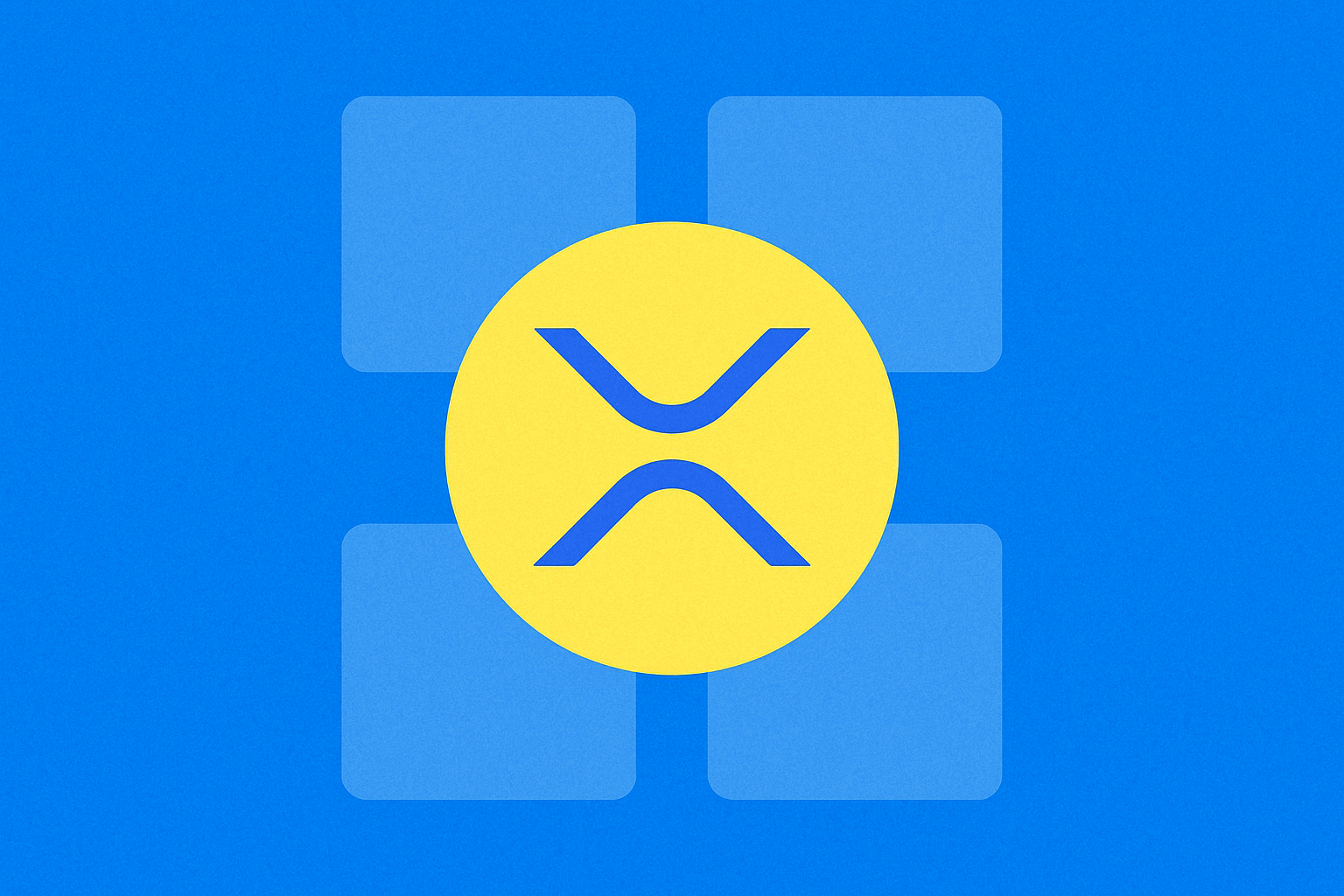XRP Token Ekonomik Modeli, Geleneksel Kripto Paralarla Karşılaştırıldığında Nasıl Farklılıklar Gösteriyor?

XRP'nin 100 milyar adet sabit arzı ve madencilik mekanizmasının bulunmaması
XRP Ledger'ın yerel dijital varlığı olan XRP, benzersiz token ekonomisiyle kripto para piyasasında öne çıkıyor. Pek çok kripto paradan farklı olarak, XRP, ağın ilk çalıştırılması sırasında tamamı üretilmiş şekilde 100 milyar sabit arz ile oluşturuldu. Bu yaklaşım, Bitcoin gibi kripto paralarda uygulanan madencilik mekanizmasından tamamen farklıdır. XRP ekosisteminde madencilik yapılmaması, zaman içinde yeni token oluşturulamayacağı anlamına gelir. Bu da, zamanla kaybolan ya da yakılan tokenlar nedeniyle dolaşımdaki arz azaldıkça deflasyonist bir baskı oluşturabilir.
XRP'nin sabit arz modeli, ekonomi ve kullanım alanları açısından önemli sonuçlar doğurur:
| Özellik | XRP | Bitcoin |
|---|---|---|
| Toplam Arz | 100 milyar (sabit) | 21 milyon (madencilikle üretilecek) |
| Oluşturulma Yöntemi | Lansmanda önceden üretildi | Zamanla madencilikle üretildi |
| Yeni Token Üretimi | Yok | Blok ödülleriyle |
| İşlem Ücretleri | Yakılıyor, arzı azaltıyor | Madencilere ödeniyor |
Bu yapı sayesinde, madencilerin teşvikine gerek duyulmadığından, madenciliğe dayalı kripto paralara kıyasla işlemler daha hızlı ve düşük maliyetli gerçekleşir. XRP Ledger, işlemleri yaklaşık 3-5 saniyede tamamlayabilir ve işlem başına ücretler 0,0002 dolar kadar düşüktür. Bu da XRP'yi sınır ötesi ödemeler ve finansal uygulamalar için cazip kılar.
XRP tokenlarının %80'i Ripple'a, %20'si kuruculara tahsis edildi
XRP tokenlarının ilk dağılımı, dikkat çekici bir tahsis stratejisini gösteriyor. Verilere göre, toplam arzın büyük kısmı Ripple Labs'e ayrılırken, kurucular daha küçük bir paya sahip oldu. Bu dağılım aşağıdaki tabloda özetlenmiştir:
| Alıcı | Yüzde | Token Sayısı |
|---|---|---|
| Ripple Labs | %80 | 80 milyar XRP |
| Kurucular | %20 | 20 milyar XRP |
Bu tahsis yapısı, kripto para topluluğunda sıkça tartışılmıştır. Ripple Labs'in elindeki büyük pay, XRP ekosisteminde merkezileşme ve kontrol konularında soru işaretleri doğurmuştur. Ancak destekçiler, bu dağılımın Ripple'ın geliştirme ve XRP Ledger teknolojisinin benimsenmesini hızlandırma imkânı verdiğini savunmaktadır.
Kurucuların payı daha az olsa da, yine de kayda değer bir token miktarını temsil eder. Bu tahsis, proje geliştiricileri için önemli bir teşvik olarak görülmüştür. Ayrıca, XRP'nin toplam arzı 100 milyar token ile sınırlandırılmış olup, yeni coin üretimi için herhangi bir mekanizma bulunmamaktadır.
Bu dağılımın etkisi, XRP'nin piyasa performansında açıkça görülebilir. Ekim 2025 itibarıyla XRP, 246.464.954.279 dolar piyasa değeriyle beşinci sıradadır. Dolaşımdaki arz 59.975.443.601 XRP olup, bu da tahsis edilen tokenların bir bölümünün zamanla piyasaya sürüldüğünü gösterir. Tokenların kademeli olarak piyasaya girmesi, XRP'nin fiyatı ve piyasa dinamikleri üzerinde etkili olurken, yatırımcı algısını ve benimseme oranlarını da şekillendiriyor.
İşlem ücreti yakımıyla deflasyonist model
XRP'nin işlem ücretlerinin yakılması yoluyla uyguladığı deflasyonist mekanizma, onu pek çok kripto paradan ayırır. XRP Ledger üzerinde her işlem gerçekleştiğinde, işlem ücretinin küçük bir kısmı kalıcı olarak yakılır ve dolaşımdaki toplam XRP arzı azalır. Bu süreç, XRP'nin deflasyonist yapısına katkı sağlar ve zamanla piyasa değerine etki edebilir.
Bu mekanizmanın etkisi aşağıdaki verilerde görülebilir:
| Metrek | Değer |
|---|---|
| Yakılan toplam XRP | 13,9 milyonun üzerinde |
| İşlem ücreti | İşlem başına 0,0002 dolar |
| Dolaşımdaki arz | 59.975.443.601 XRP |
| Toplam arz | 99.985.782.669 XRP |
XRP Ledger'daki işlem sayısı arttıkça daha fazla XRP yakılır ve toplam arz kademeli olarak azalır. Bu kıtlık etkisi, kalan XRP tokenlarının değerini artırabilir. Ancak yakım oranı toplam arza göre oldukça düşüktür; dolayısıyla deflasyonist etkinin piyasa dinamiklerini anlamlı ölçüde etkilemesi için uzun süre gereklidir. Bu mekanizmanın XRP fiyatı ve benimsenmesi üzerindeki uzun vadeli etkileri, kripto topluluğunda analiz edilmeye devam etmektedir.
XRP, ağ işlem ücretlerinde ve sınır ötesi ödemelerde kullanılır
XRP, XRP Ledger'ın yerel dijital varlığı olarak, ağ işlem ücretlerinde ve sınır ötesi ödemelerde önemli bir rol üstleniyor. Ağ işlemlerinde, XRP minimum anti-spam önlemi olarak kullanılır ve standart bir işlem için ücret 0,00001 XRP kadar düşüktür. Bu maliyet etkin yapı, ağın güvenliğini sağlarken erişilebilirliği de korur. Sınır ötesi ödemelerde ise XRP, hızlı mutabakat süresi ve düşük maliyetiyle öne çıkar. XRP Ledger'da ortalama bir işlem yaklaşık 3-5 saniyede tamamlanır ve bu süre geleneksel bankacılık sistemlerine göre çok daha kısadır. XRP'nin sınır ötesi işlemlerdeki maliyet avantajı aşağıdaki tabloda gösterilmektedir:
| Ödeme Yöntemi | İşlem Süresi | Ortalama Maliyet |
|---|---|---|
| XRP | 3-5 saniye | 0,0002 dolar |
| Geleneksel | 3-5 gün | 25-35 dolar |
Bu belirgin fark, XRP'nin 1,8 trilyon dolarlık sınır ötesi ödeme sektörünü dönüştürme potansiyelini ortaya koyuyor. XRP kullanan finans kuruluşları, operasyonel maliyetlerini önemli ölçüde azaltırken likidite yönetimini de iyileştirebilir. XRP'nin bu alanlardaki kullanımı sürekli artıyor; bugün RippleNet bünyesinde 45'ten fazla ülkede 300'den fazla finans kurumu, verimli sınır ötesi işlemler için XRP'den faydalanıyor. Bu yaygın benimseme, XRP'nin değerini ve küresel finansal işlemleri dönüştürme potansiyelini güçlendiriyor.
SSS
XRP hâlâ iyi bir yatırım mı?
Evet, XRP hâlâ güçlü bir yatırım potansiyeline sahip. Düzenleyici netliğin sağlanmasıyla, XRP'nin dijital varlık alanındaki büyüme potansiyeli artıyor. Hızlı ve düşük maliyetli işlemleri, onu küresel ödemeler için cazip kılıyor.
1 XRP'nin 5 yıl sonraki değeri ne olur?
Piyasa analizlerine göre, Ripple'ın hukuki sürecinin çözülmesi ve olumlu sektör görünümüyle birlikte, 1 XRP'nin 5 yıl içinde yaklaşık 4 dolar olması öngörülüyor.
XRP 1.000 dolara ulaşır mı?
XRP'nin yakın vadede 1.000 dolara ulaşması beklenmiyor. Uzmanlar bu seviyeye 2033 veya sonrası için ihtimal veriyor. Mevcut tahminler, kısa vadede bu fiyat seviyesini öngörmüyor.
XRP 100 dolara ulaşabilir mi?
Evet, Ripple'ın küresel ödeme çözümleri ve gelişmekte olan pazarlardaki finansal inovasyonlar sayesinde XRP, 2025 yılına kadar 100 dolara ulaşabilir.

2025’te XRP’nin Temel Analizi: Değerini Belirleyen Başlıca Faktörler Nelerdir?

2025 yılında XRP'nin White Paper'ı ve kullanım alanları için temel analiz nedir?

XRP'nin teknik raporunda ortaya konan temel mantık nedir ve bu yaklaşım, varlığın temel göstergelerine nasıl yansır?

Stellar (XLM), sınır ötesi ödemelerde XRP ile nasıl karşılaştırılır?

Kripto projelerinde token ekonomik modeli, paydaşların çıkarlarını nasıl dengeler?

XRP'nin token ekonomik modeli, diğer kripto paraların çoğundan hangi yönleriyle ayrışır?

Cysic: AI ve Dağıtık Hesaplama için Sıfır Bilgi Altyapı Platformu

ABD Bankacılık Düzenleyicisi OCC, ulusal bankaların kripto para ticareti yapmasını kolaylaştırıyor

ASTER Spot İşlem Rehberi: Anlık Fiyat Analizi ve İşlem Hacmi Bilgileri

Cantor Equity ile birleşmenin ardından Twenty One Capital Bitcoin hissesi yüzde 25 değer kaybetti

Dropee Günlük Kombinasyonu 10 Aralık 2025





